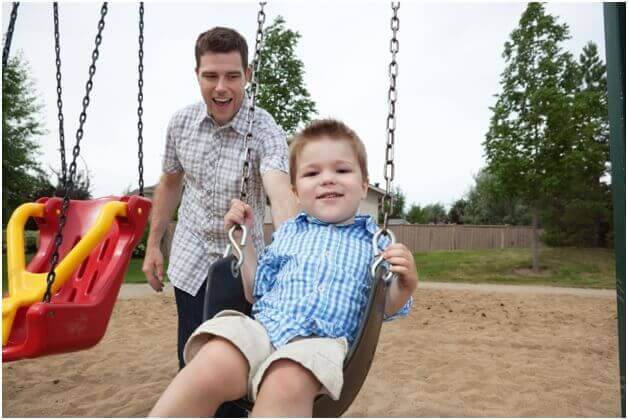Play is an essential part of the development for children, and what better place for kids to play, explore, and interact with other kids than a public playground? Unfortunately, not all playgrounds have equipment that is appropriate for children of all ages, and if your city’s parks department doesn’t keep up with maintenance, or if a playground equipment manufacturer releases a defective or dangerous product, your child could be at risk for injury.
Over 200,000 children age 14 and younger are taken to the emergency room every year due to serious playground injuries, according to the Centers for Disease Control (CDC). Injuries can result from a number of different accidents, including:
• Falling from climbing equipment
• Falling from a swing
• Entangling of clothes or hair in equipment
• Being cut by sharp and potentially rusty equipment
• Head entrapment (e.g. becoming stuck between two vertical bars)
• Tripping over suspended components (e.g. ropes or cables)
• Limbs being caught under moving component, such as a seesaw
The CDC classifies 45% of playground injuries as severe, including fractures, internal injuries, concussions, dislocations, and amputations. No parent wants their child to ever experience such a horrible injury, but most parents still want their children to be able to play as they grow up. So how do you let your kids enjoy public playgrounds while keeping them safe at the same time?
6 Tips to Prevent Playground Accidents
While some accidents are unpreventable and may be the fault of the equipment manufacturer, playground designer, or parks department, many accidents can be prevented. Here are 6 tips you should follow when you take your kids to a public playground:
1)Always supervise your children—and always make sure that they have a clear line of sight to see where you are, as well.
2) Don’t go down slides with your child in your lap. A 2009 study revealed a link between tibia fractures in children and going down a slide with an adult, because children’s legs can become stuck or twisted while they and their parent keep moving down the slide. If your child isn’t old enough to go down a slide by themselves, direct them to more age-appropriate equipment.
3) Look out for playgrounds with rough surfaces. Steer clear of playgrounds built on asphalt, concrete, gravel, or hard-packed soil. The safest surfaces are mulch, shredded rubber, or wood chips.
4) Keep kids away from any equipment where their head or a limb could become entrapped. These might include vertical bars on climbing equipment, merry-go-rounds, or partial openings in a playground fortress.
5) Watch out for tripping hazards. In addition to suspended equipment components, like ropes or a low balance beam, these might include natural elements like tree roots or rocks.
6) Inform the parks department or an appropriate local office about potential hazards. If you see something potentially dangerous on a playground, such as rusty equipment or a tripping hazard in a high-traffic area, speak up! Let either the parks department or whatever local office is in charge of the park in your area know about the problem. This way, they can hopefully remedy it before someone gets seriously hurt.
If Your Child is Injured, Make Sure They Get the Medical Attention They Need
If your child is injured on a playground despite your best prevention efforts, your priority should be to get him or her the medical attention that he or she needs. Once you’ve gotten proper treatment, you need to consider who or what caused the accident. If the accident was the fault of a negligent city department, manufacturer, or designer, contact a personal injury attorney in order to fight for compensation and make sure playgrounds are safer for the children who may visit them in the future.





